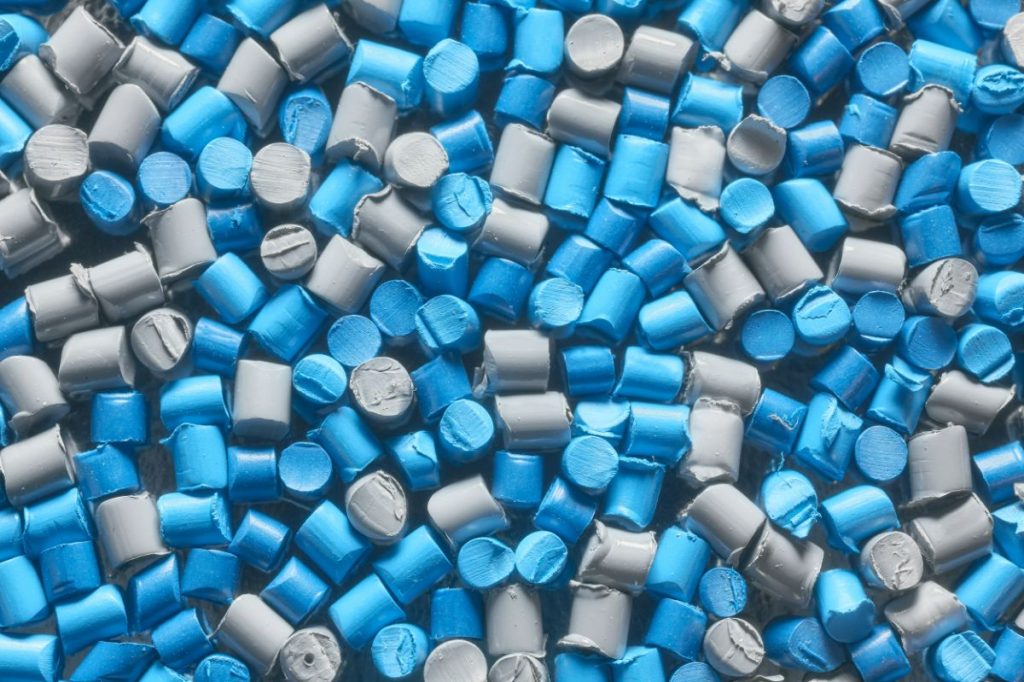What should you consider when designing high-quality plastic molded parts?
- Material consideration
- Tolerance parameters
- Gate location
- Mold shrinkage
- Steel safe areas
- Wall thickness
Overview
This article delves into the intricacies of designing top-notch plastic molded parts, from material selection and tolerance parameters to gate location, mold shrinkage, steel-safe areas, and wall thickness. By understanding these factors, designers can easily navigate the complexity of injection molding, shedding light on the essence of crafting exceptional plastic products.
The path to crafting outstanding plastic molded parts demands a blend of artistry and technical expertise. It involves delving into a multitude of essential factors, from material selection to tolerance parameters, gate location, mold shrinkage, and more.
This blog explores the critical considerations for designing plastic molded parts, discovering the essential things behind high-quality plastic products that seamlessly balance innovation and reliability. Read on to learn more.
Material Consideration
Plastic materials come with a range of properties, such as strength, durability, flexibility, and heat resistance. By selecting the right material for your specific application, you can guarantee that the final product meets the required performance standards.
Take Acrylonitrile Butadiene Styrene (ABS), for example. It is tough, impact-resistant, and can handle heat well. It’s used in automotive parts, electronics, household items, and toys due to its ease of processing and molding.
On the other hand, Polyethylene Terephthalate (PET) is clear, lightweight, and offers excellent barrier properties against gases, moisture, and chemicals. It’s commonly found in food packaging and textile fibers.
Every plastic resin has unique properties and applications. Hence, the right material selection is essential to ensure the end product matches the desired performance criteria.
Tolerance Parameters
Tolerance parameters set the range within which the actual dimensions of the molded part can differ from the ideal or intended dimensions specified in the design.
The purpose of these tolerance parameters is to ensure that the molded parts meet the required specifications and function as intended. It achieves a consistent fit, functionality, and compatibility with other components and relies on precise dimensional control.
With this in mind, it’s the designer’s responsibility to establish these tolerance parameters, considering the specific needs of the application and the capabilities of the molding process.
Gate Location
The gate is the vital point through which molten plastic material enters the mold cavity. It influences the uniformity of part quality, the reduction of defects, and the overall performance of the molded items.
Here are the several factors to weigh when choosing a gate location for injected molded parts:
Flow Path
Its placement should be thoughtfully selected to facilitate a smooth and even flow of molten plastic into the mold cavity.
Aesthetic Impact
It can affect the visual appeal of the molded part. Additionally, visible flaws like gate marks or flow lines are more conspicuous if situated in highly visible areas.
Functional Alignment
Its positioning should align with the intended functionality of the part. If gating to a specific feature or section is essential for optimal performance, the gate should be situated accordingly.
By thoughtfully considering these aspects, various industries can optimize the outcome of the injection molding process, resulting in plastic molded parts that excel in both form and function.
Mold Shrinkage
Crafting high-quality plastic molded parts also involves grappling with the concept of mold shrinkage. It reduces the size and dimension of a plastic part as it cools and solidifies within the mold cavity after being injected during the molding process.
When molten plastic takes on the shape of the mold cavity upon injection, it undergoes a natural contraction or shrinkage during the subsequent cooling and solidification. The degree of this shrinkage varies depending on the specific plastic material used and its unique properties, adding a layer of complexity to the design considerations for plastic molded parts.
Steel-safe Areas
Steel-safe areas are designated zones within the mold where direct contact between the plastic material and steel surfaces is to be avoided. These regions are thoughtfully integrated into the mold design to forestall undue wear, damage, or accumulation of plastic material on the mold.
It safeguards the integrity of the mold, mitigates the risk of material buildup, and facilitates smoother mold release. This, in turn, fosters the creation of high-quality plastic molded parts distinguished by unwavering quality, precise dimensions, and impeccable surface finish.
Wall Thickness
Finally, wall thickness is a critical factor because it directly affects the structural integrity and strength of the plastic part. The thickness of the walls should be carefully chosen based on the anticipated loads and stresses that the part will experience in its intended application.
Insufficient wall thickness can result in weak points within the part, making it prone to failure or reduced mechanical properties. When the walls are too thin, they may not be able to withstand the forces or stresses exerted on the part, leading to deformation, breakage, or even collapse. This can compromise the overall functionality and durability of the part.
Therefore, in designing high-quality plastic molded parts, it is crucial to strike a balance and select an appropriate wall thickness. The aim is to ensure that the part has sufficient strength to withstand the anticipated loads and stresses.
Key Takeaway
These considerations for designing plastic molded parts are a multi-faceted endeavor that demands meticulous attention to detail. A holistic understanding of these empowers designers in injection molding, ensuring consistent quality, structural integrity, and optimal functionality in the resulting components.
We at Richfields Corporation are accepting US clients seeking exceptional plastic mold tooling services. Our team of industry experts promises a fusion of creativity, precision, and mutual success within the dynamic landscape of plastic mold tooling. For any inquiries, please feel free to reach out to us here.
